Madara is a national, historical and archaeological reserve, situated in northeastern Bulgaria, near the city of Shumen. Historical monuments from different times can be seen at the backdrop of beautiful nature. The Madara rider is one of the most impressive of them. This is a large rock relief carved 23 meters high on a vertical rock. The relief was declared a monument part of the world cultural heritage by UNESCO in 1979. After a nationwide poll, the Madara rider was even selected a symbol of Bulgaria.
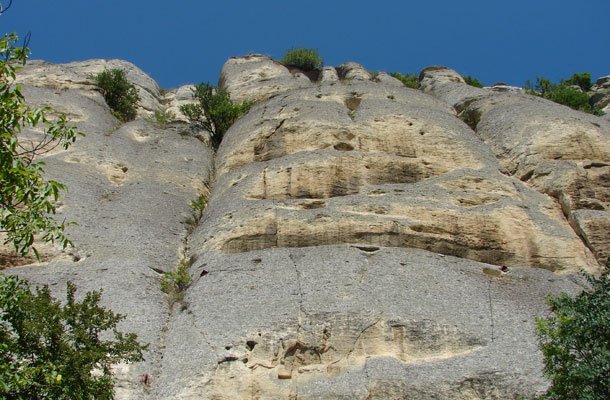
A number of scientists have studied the relief. Here is more from Borislav Dimitrov, manager of the Madara reserve. “This is a monument from the times of the First Bulgarian Kingdom (681-1018). One of the inscriptions on the rock reads about the relations between the Bulgarian Khan Tervel and the Byzantine Emperor Justinian in 705. At that time the Byzantine emperor asked for Bulgarian support in order to regain the Byzantine throne. With an army of 17,000 horsemen provided by Tervel, Justinian suddenly advanced on Constantinople and regained the throne. Tervel received the title Caesar and Byzantium started paying a tax to Bulgaria. This happened just 24 years after Bulgaria was established on the Balkans in 681.”
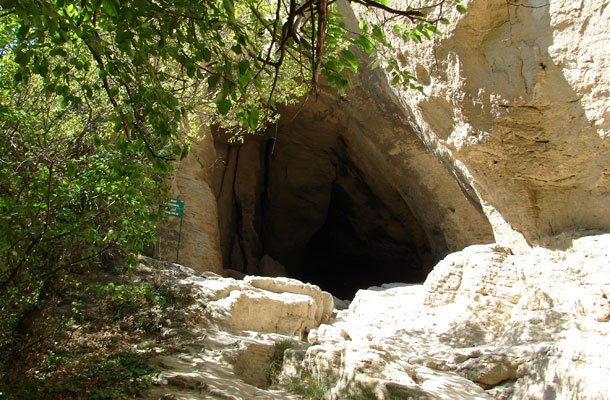
The Madara rider and the other monuments in the reserve are veiled in legends. According to them, the place is where an ancient prophet used to live and Thracians also used to perform their rituals. In the Medieval ages Madara was a significant cult center. The first archaeological studies there started in the 19th century. Among the famous scientists to work there were Geza Feher, Karel Skorpil, Rafail Popov, and others. In a cave nearby cult figures of the Thracian goddess Bendida were discovered, as well as a marble plate with engraved zodiac signs. Here is more from Mr. Borissov.
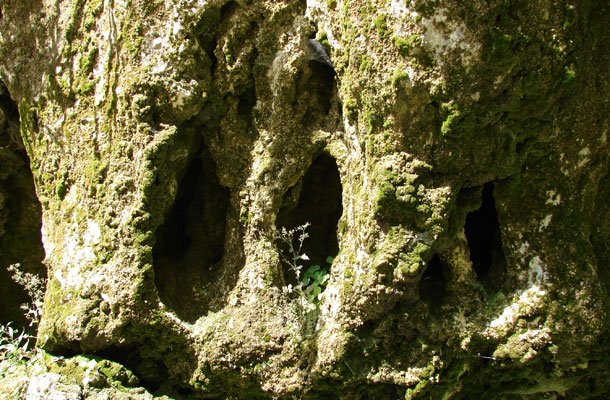
“There are a number of inscriptions in the rock which tell about historical events before the first half of the 9th century", Mr. Borissov explains."They reveal the names of the Bulgarian rulers after Khan Tervel. There are a number of interesting sites in the region. The big cave nearby was a Thracian sanctuary, dedicated to the goddesses of the forests, waters, and fertility. Prehistoric artifacts were also found in the cave. The region has been inhabited since ancient times – 6-7 thousands years BC. The nearby fortress functioned until the 4th or 5th century AD. A Bulgarian sanctuary as well as the remains of a residence of the Bulgarian khan were also discovered. During archaeological works in the reserve, a number of Thracian marble plates with engraved image of a horseman were discovered. This made some scientists believe that the rider was created by the Thracians but it was scientifically proven that the inscriptions were carved in the rock in the same time the relief was created. There is also a Christian rock church, which was active during the times of the Second Bulgarian Kingdom. Services are held there even today.”
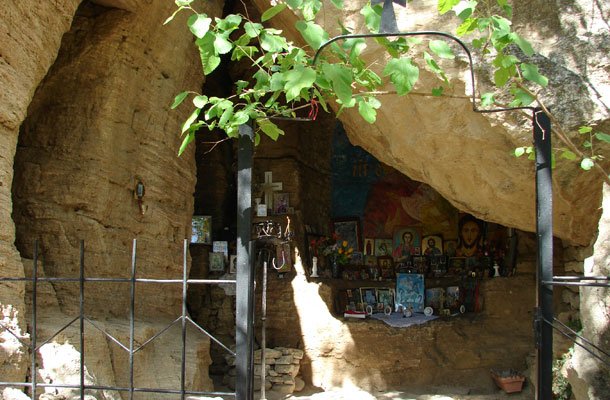
The interest towards the Madara Rider and the other sites in the reserve bring there a number of tourists. The Madara Rider hut is situated nearby and here is what host Dimo Dimov told Radio Bulgaria.
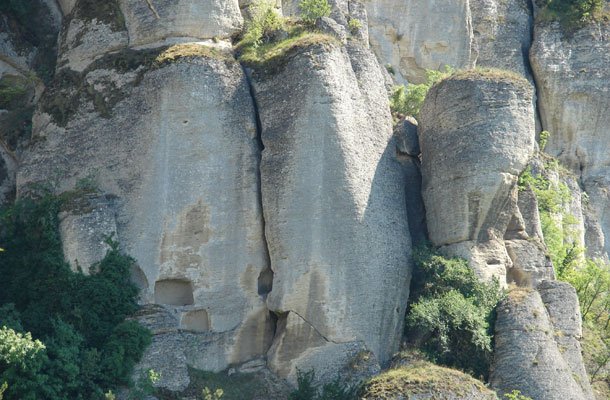
“Most of the guests that come here are Bulgarians but every summer the number of foreign tourists is growing. The hut was built 50 years ago and we are to mark the anniversary this year with a number of celebrations. There are various tourist routes that start here and they are suitable for every tourist. Except for the Madara Rider there are 12 other different tourist sites nearby that are attractive for guests,” he says.
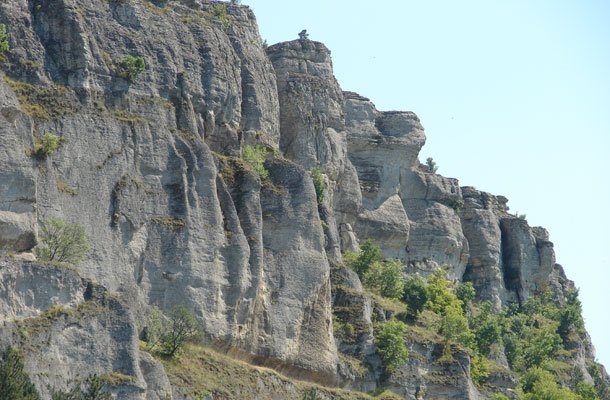
The ancient Bulgarian capital cities of Pliska and Preslav are nearby the reserve, as well as the city of Shumen, which has a rich history and also attracts a number of tourists.
English: Alexander Markov
Photos: Lyubomir Lazarov
Supposedly, the city of Kabyle that thrived in what is now Southeastern Bulgaria, was named after the Thracian Mother of Gods Cybele portrayed on the rocks of the Zaychi Vrah shrine. It was at the foot of this ancient astronomical..
First city, centre – that is the meaning of the name Pliska, which the founders of the First Bulgarian Kingdom gave to their capital in the 7 th century. They selected a location where major trade routes intersected, whereas the..
Samokov lies just 55 kilometers from Sofia and is best known for its proximity to the ski resort of Borovets. The people who have inhabited these parts through the ages have left abundant evidence – for example stone, wood and paper..

+359 2 9336 661
